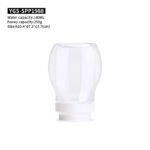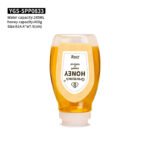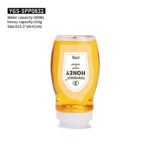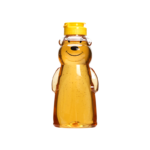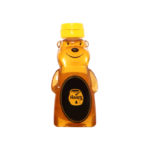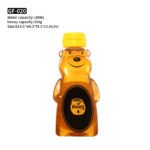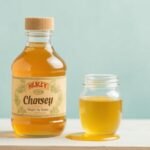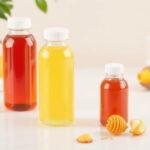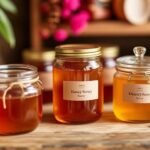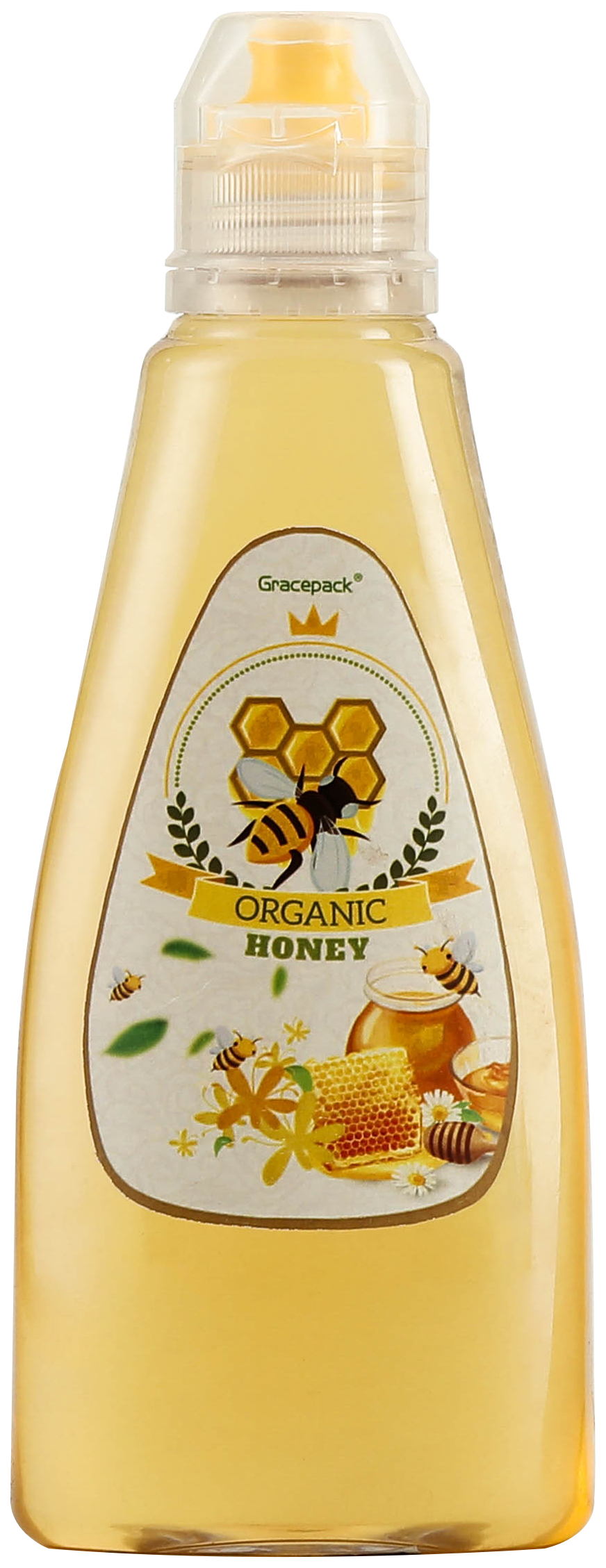Table of Contents
- Introduction
- Natural Shelf Life of Honey
- Plastic Containers and Honey: A Safe Match?
- Factors That Affect Honey Shelf Life
- Best Practices for Storing Honey in Plastic
- Gracepack: High-Quality Plastic Honey Bottles
- Signs That Honey Has Gone Bad
- Frequently Asked Questions
- Conclusion
- Summary Table
Introduction

Honey is widely known for its incredible longevity, often labeled as a food that never spoils. But does honey go bad in plastic containers? While honey itself is nearly indestructible, the container and storage conditions can impact its freshness and safety. This article examines how plastic packaging influences honey’s longevity and introduces the benefits of using Gracepack’s high-quality honey bottles.
Natural Shelf Life of Honey
Pure honey is naturally antibacterial, low in moisture, and high in sugar, making it inhospitable to most microorganisms. These characteristics give it an exceptionally long shelf life, often lasting indefinitely if stored properly.
Why Honey Doesn’t Spoil Easily
- Low Water Activity: Prevents bacterial growth.
- Natural Acidity: pH between 3.2–4.5 helps deter spoilage.
- Hydrogen Peroxide Content: Naturally present and antimicrobial.
Plastic Containers and Honey: A Safe Match?

Yes, honey can be safely stored in plastic containers, but only if the plastic is food-grade and BPA-free. Over time, however, low-quality plastic can leach chemicals or allow air infiltration, leading to fermentation or flavor degradation.
Potential Issues with Poor-Quality Plastic:
- Leaching of Toxins: Especially with prolonged exposure to heat or sunlight.
- Air Permeability: Can introduce moisture or contaminants.
- Discoloration: Some plastics can cause honey to darken over time.
Factors That Affect Honey Shelf Life
While honey resists spoilage naturally, certain conditions can compromise its quality, especially when stored in plastic.
- Temperature: Excessive heat accelerates fermentation and spoilage.
- Moisture Exposure: Causes crystallization or fermentation.
- Light Exposure: Can affect honey’s enzymes and flavor.
- Container Material: Low-grade plastics can shorten shelf life.
Best Practices for Storing Honey in Plastic
To keep honey fresh and safe in plastic containers, follow these guidelines:
- Use High-Quality, BPA-Free Plastic Bottles: Ensures no contamination from packaging.
- Store in a Cool, Dry Place: Avoid direct sunlight or warm environments.
- Keep the Lid Tightly Sealed: Prevents air and moisture infiltration.
- Clean Bottle Nozzles: Remove residue regularly to avoid mold or bacterial growth.
Gracepack: High-Quality Plastic Honey Bottles
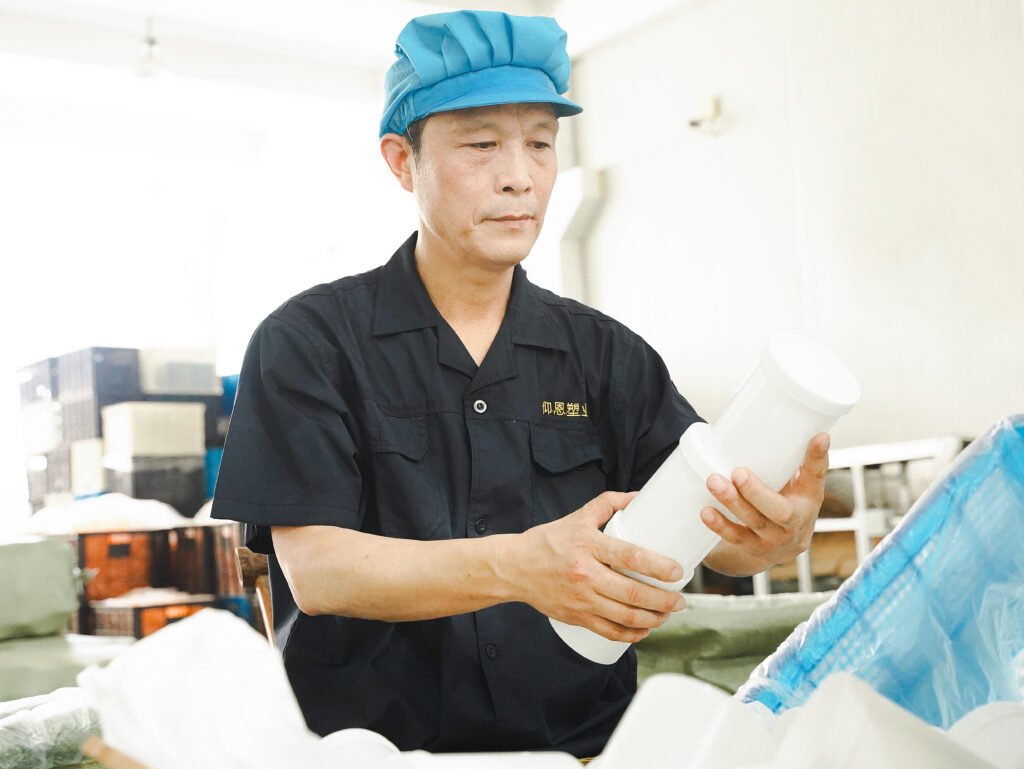
To ensure safe storage of honey, Gracepack provides reliable, food-safe plastic containers designed to preserve freshness and appeal.
Why Choose Gracepack Honey Bottles?
- Made from BPA-Free, Food-Grade Plastic: Ensures maximum safety and shelf stability.
- Precision Pouring Design: Ideal for home or commercial use.
- Enhanced Shelf Appeal: Transparent, durable design that showcases honey beautifully.
- Customizable Options: Free bottle design and product customization services.
- Reliable Product Quality Inspection: Every bottle passes strict QC standards.
Top Products:
Signs That Honey Has Gone Bad
Though rare, improper storage can lead to spoilage in honey. Look for the following:
- Fermentation: Presence of bubbles, sour smell, or alcohol-like taste.
- Mold Growth: Usually from unsealed containers or high humidity.
- Color Changes: Darkening can occur with age, but it’s not always a sign of spoilage.
Frequently Asked Questions
Can I store honey in any plastic bottle?
No. Use only BPA-free, food-grade plastic bottles like those offered by Gracepack to avoid contamination.
Does honey crystallize faster in plastic?
Not necessarily. Crystallization is more dependent on storage temperature and moisture content than container material.
Can plastic bottles affect honey’s flavor?
Low-quality plastics may leach odors or affect flavor. Always use trusted suppliers like Gracepack to avoid this.
How long can honey last in Gracepack plastic bottles?
When stored properly, honey in Gracepack bottles can last for years without quality degradation.
Conclusion
Honey does not go bad in plastic containers if they are high-quality, BPA-free, and sealed correctly. Gracepack’s expertly engineered plastic honey bottles are ideal for preserving the natural freshness, taste, and visual appeal of honey for both commercial and home use. With proper storage and premium packaging, your honey can stay fresh for decades.
Summary Table
| Factor | Impact on Honey | Gracepack Solution |
|---|---|---|
| Plastic Material | Low-quality plastic may leach chemicals | BPA-free, food-safe bottles |
| Storage Temperature | High temps can spoil honey | Store in cool environments |
| Moisture | Excess moisture leads to fermentation | Airtight Gracepack bottle caps |
| Light Exposure | Degrades enzymes and color | Opaque or stored in the dark |
| Shelf Life | Years with proper storage | Enhanced by Gracepack design |
| Use Case | Home and commercial bottling | Gracepack’s customized honey bottles |

















